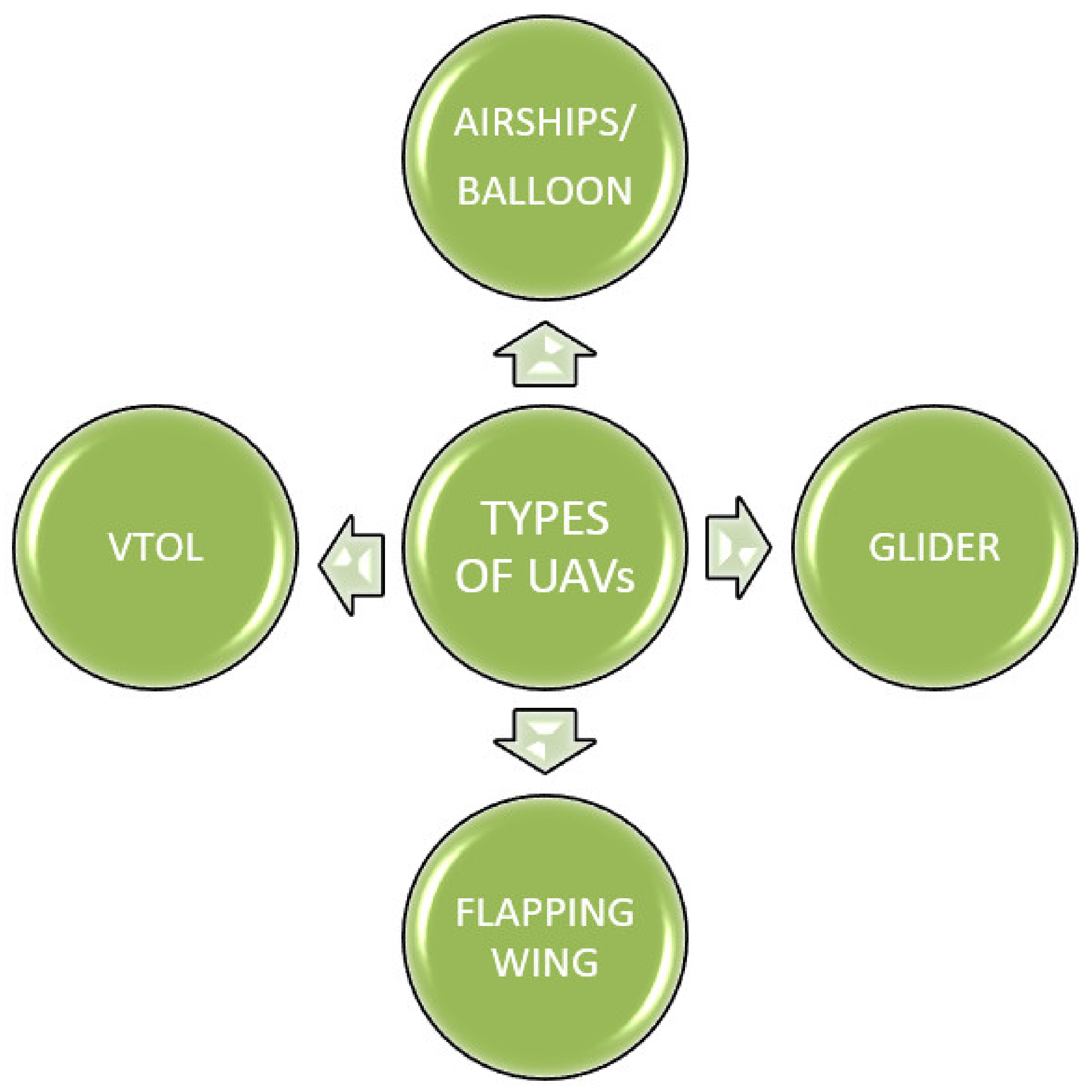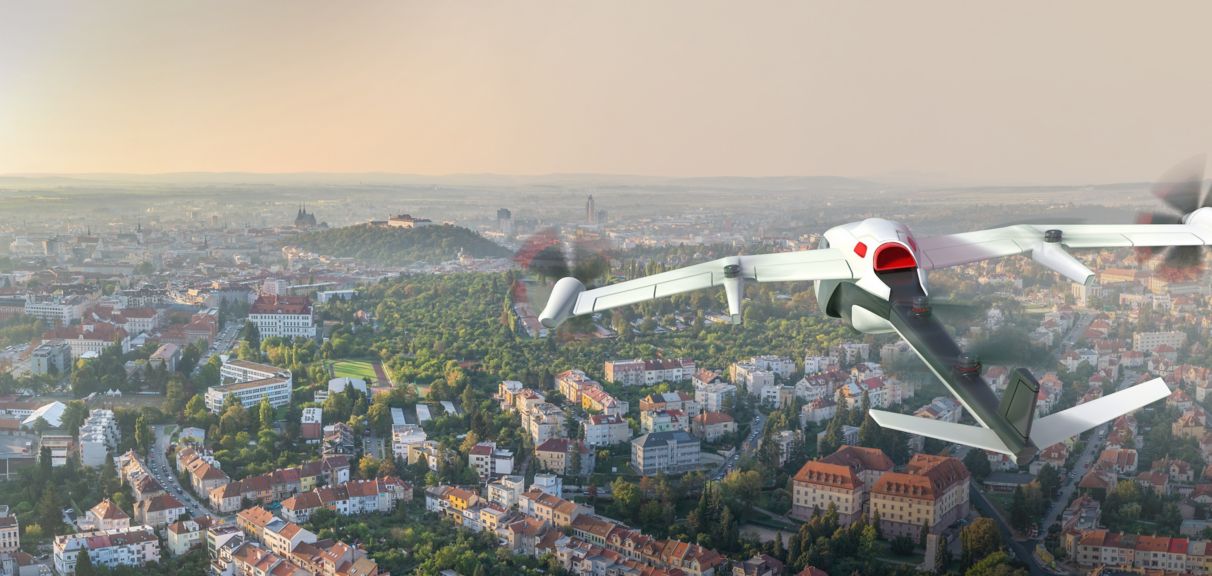Introduction
Throughout history, humans have always been fascinated by the idea of exploring the skies. From the early days of hot air balloons to the modern era of drones, aerial exploration has come a long way. This blog post will take you on a journey through the evolution of aerial exploration, highlighting the key milestones and advancements that have shaped this field.
1. Early Beginnings: Balloons and Airships
Before the invention of airplanes and drones, humans looked to the skies for new ways to explore and conquer the unknown. The first attempts at aerial exploration can be traced back to the late 18th century with the invention of hot air balloons. These balloons, filled with heated air, allowed humans to ascend into the sky and get a glimpse of the world from above.
1.1 The Montgolfier Brothers and the First Manned Balloon Flight
In 1783, the Montgolfier brothers, Joseph-Michel and Jacques-Étienne, successfully launched the first manned hot air balloon flight in Annonay, France. This groundbreaking achievement paved the way for further advancements in aerial exploration.
1.2 The Zeppelin Era
In the early 20th century, airships, commonly known as zeppelins, gained popularity as a means of aerial exploration. These large, rigid structures filled with gas allowed for longer flights and the ability to carry passengers and cargo. However, the era of zeppelins came to an end with the Hindenburg disaster in 1937, marking a shift in focus towards airplanes.
2. The Age of Airplanes
The invention of airplanes revolutionized aerial exploration, allowing humans to travel faster and farther than ever before. The Wright brothers, Orville and Wilbur, are credited with the first successful powered flight in 1903. This marked the beginning of the age of airplanes and opened up new possibilities for exploration and transportation.
2.1 World War I and Aviation Advancements

World War I played a significant role in the advancement of aviation technology. Airplanes were used for reconnaissance, aerial combat, and bombing missions. This led to the development of more powerful engines, improved aerodynamics, and better navigation systems.
2.2 Commercial Aviation and Exploration
After the war, commercial aviation took off, allowing people to travel across continents in a matter of hours. This not only revolutionized the way people explored the world but also opened up new opportunities for trade and tourism.
Summary
Aerial exploration has witnessed remarkable progress over the years, starting with the invention of hot air balloons in the late 18th century. These balloons, powered by heated air, allowed humans to ascend into the sky for the first time. However, it was not until the 20th century that significant advancements in aviation technology took place.
The invention of the airplane by the Wright brothers in 1903 revolutionized aerial exploration. This breakthrough led to the development of commercial aviation, enabling people to travel long distances through the air. The introduction of military aircraft during World War I further accelerated the progress in aviation technology.
In the mid-20th century, the space race between the United States and the Soviet Union pushed the boundaries of aerial exploration even further. The launch of Sputnik, the first artificial satellite, in 1957 marked the beginning of space exploration. This era witnessed the development of rockets and spacecraft capable of reaching beyond Earth’s atmosphere.
Fast forward to the present day, and we find ourselves in the age of drones. These unmanned aerial vehicles (UAVs) have revolutionized various industries, including photography, filmmaking, agriculture, and even package delivery. Drones offer a new perspective on aerial exploration, allowing us to capture stunning images and gather data from previously inaccessible locations.
As technology continues to advance, the future of aerial exploration holds even more exciting possibilities. From autonomous flying vehicles to space tourism, the sky is why not try here no longer the limit. The evolution of aerial exploration has been a testament to human curiosity, innovation, and the desire to push boundaries.
- Q: What is aerial exploration?
- A: Aerial exploration refers to the act of exploring or surveying the Earth’s atmosphere and surroundings using various airborne vehicles.
- Q: How did aerial exploration begin?
- A: Aerial exploration began with the invention of hot air balloons in the late 18th century.
- Q: What were the early uses of balloons in aerial exploration?
- A: Early balloons were primarily used for scientific experiments, military reconnaissance, and entertainment purposes.
- Q: When were airplanes introduced in aerial exploration?
- A: Airplanes were introduced in the early 20th century, with the Wright brothers’ successful flight in 1903.
- Q: How did airplanes revolutionize aerial exploration?
- A: Airplanes allowed for faster and more controlled exploration of the skies, leading to advancements in aviation and aerial photography.
- Q: What role did helicopters play in aerial exploration?
- A: Helicopters, introduced in the mid-20th century, provided vertical takeoff and landing capabilities, enabling access to remote areas.
- Q: When were drones first used in aerial exploration?
- A: Drones, also known as unmanned aerial vehicles (UAVs), were first used in the early 21st century.
- Q: What are the advantages of using drones in aerial exploration?
- A: Drones offer increased maneuverability, lower costs, and reduced risks to human pilots, making them ideal for various applications such as mapping, surveillance, and scientific research.
- Q: How are drones different from traditional aircraft?
- A: Unlike traditional aircraft, drones are typically operated remotely or autonomously, without the need for onboard human pilots.
- Q: What does the future hold for aerial exploration?
- A: The future of aerial exploration is likely to involve further advancements in drone technology, including improved capabilities for data collection, artificial intelligence integration, and expanded applications in various industries.

Welcome to my website! My name is Hayden Statton, and I am thrilled to share my passion for outdoor adventures, cultural festivals, and the exploration of heritage sites with you. As a professional outdoor gear sales representative, I have dedicated my career to helping individuals like you embark on unforgettable journeys and create lasting memories.

